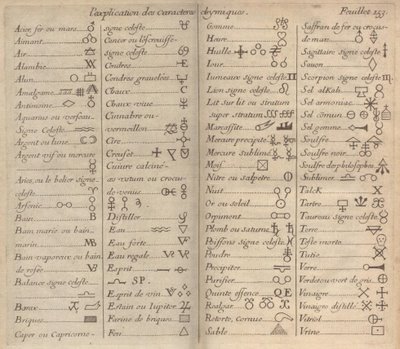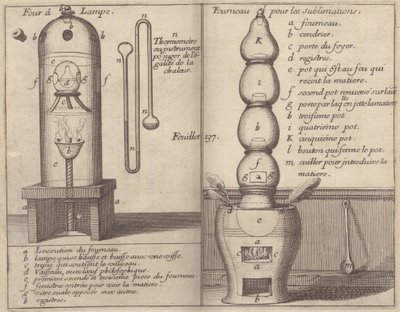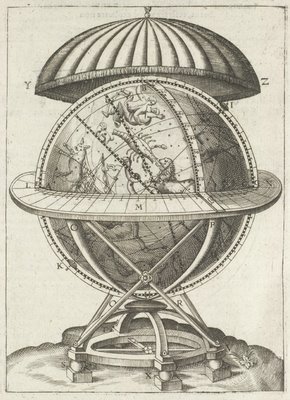
Celestial Globe IN:
'Astronomiae Instauratae Mechanica'by Tycho Brahe, 1602.
[previously]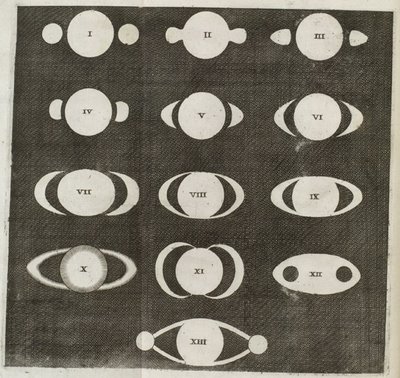
Schematic of Saturn's rings IN: 'Systema Saturnium' by Christiaan Huygens 1659.
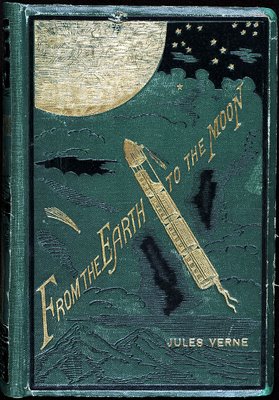
Jules Verne: 'From the Earth to the Moon Direct in Ninety-seven
Hours and Twenty Minutes, and a Trip around it.' 1874.
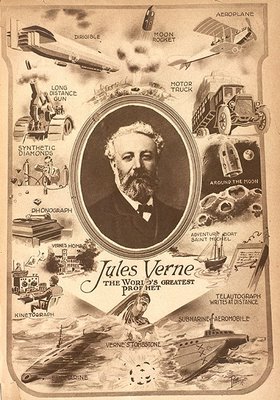
'Jules Verne, The World's Greatest Prophet' IN: 'Science and Invention' 1920.

'Polichinelle et son Vélocipéde' IN:
'Musée Rétrospectif de la Classe 100. Jouets à l'Exposition Universelle Internationale de 1900, à Paris' - a report by Henry D'Allemagne.
[I wish this whole work was online] Wow. Uncannily, the first place I went after posting this entry - zenonannexe - has collected some images from this book. Too odd.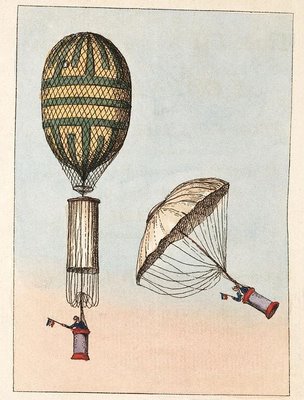
'M. Garnerin's Ascent and Descent with his Balloon and Parachute'
IN: 'Air Ballon & Parachute; a Circumstantial Account of the Three
Last Aerial Voyages Made by M. Garnerin' 1802. [touched up]
André Jacques Garnerin made the world's first successful parachute jump:
from a hot air balloon in 1797. He designed and tested the device while he was
considering escape options in prison. He went on to make about 200 successful
jumps but was eventually killed - while still on the ground - during a ballooning accident.
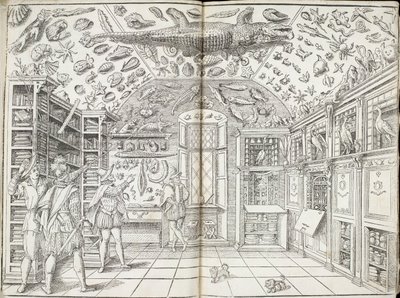
This is one of the (if not
the) earliest depictions of a
pseudo-Museum or Cabinet of Curiosities or
Wunderkammern from
'Dell'historia Naturale' by the Apothecary, Ferrante Imperato, 1599.
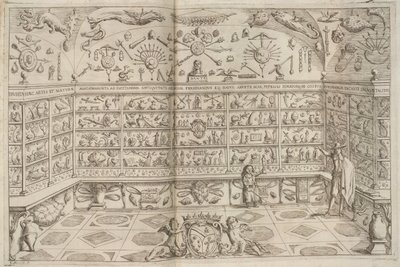
'Museo Cospiano Annesso a Quello del Famoso Ulisse Adrovandi'by Lorenzo Legati - , 1677.
[Watson Antiquarian] 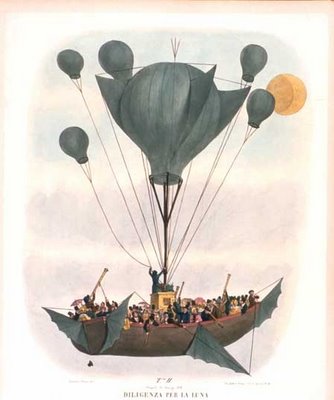
'Altre Scoverte Fatte Nella Luna dal Sigr. Herschel or Great Astronomical Discoveries', 1836 by Leopoldo Galluzzo and Gaetano Dura.
I'm not sure of the manner of publication of this print but it satirises
'The Great Moon Hoax' of 1835 in which articles attributed to RA Locke
appeared in the New York Sun newspaper advising readers that noted
astronomer Sir John
Herschel had discovered fantastic life on the moon.
An expedition using a ship supported by hydrogen balloons was proposed.
Herschel, who was not in any way part of the hoax, was not particularly
amused -
his reply [small pdf].
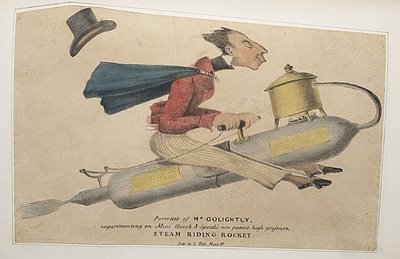
'Portrait of Mr Golightly experimenting on Mess Quick & Speed's
new patent high pressure, STEAM RIDING ROCKET'
This image doesn't show it but written above the pilot is 'The Flight of Intellect'. {
B&W image} The rear label reads: ‘Warranted not to Burst’. The satirical illustration relates to a Charles Golightly, who secured a place in history by taking out a British patent in 1841 for a flying machine that employs a steam rocket. The vehicle was
never built. Steam engines were notorious for exploding and being generally unreliable in the first half of the 19th century, explaining the skeptical nature of the cartoon. My guess, from 1/2 sentences seen in search results from pay sites, is that the original Golightly patent has now been lost.
Neither the artist's name nor the date published is known for the above print and so I'm not particularly sure if this picture pre- or post-dates an/other publication(s) in which the Golightly enterprise is lampooned.
Rufus Porter was a
painter, founder of Scientific American,
inventor of the revolver (the idea was sold to Samuel Colt for $100) and author of the eccentrically titled:
'Aerial Navigation: The Practicability of Traveling Pleasantly and Safely from New-York to California in Three Days, Fully Demonstrated, with a Full Description of a Perfect Aerial Locomotive' from 1849. He aimed to build an 800-foot steam powered airship to convey miners to the Californian Goldrush and gave talks in New York where he demonstrated his idea with a hydrogen-filled clockwork model craft that circled above his audience. Although he is known to have constructed working models, disasters afflicted each of the full sized versions he attempted to build up to 1854 when I suppose he abandoned the project.
How does this enigmatic entrepeneur connect to our Golightly steam rocket you may wonder? Truthfully, I'm not altogether sure, or at least it's
tenuous, but the Rufus Porter story is really fascinating and got me happily sidetracked. There are
a couple of satirical prints from 1849 (
one in particular, which is very very similar to the above image) that could hardly have been included in Porter's book but were nonetheless inspired by both the Golightly patent and the 'Aerial Locomotive' hoopla. A 1935 re-issue of Porter's book (also described as a pamphlet) included 3 such contemporary illustrations so the connection may only have been established last century.
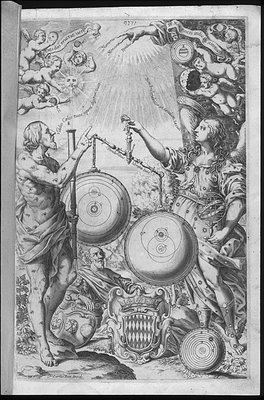
Frontpiece from
'Almagestum Novum Astronomiam Veterem Novamque'by Jesuit astronomer,
Giovanni Battista Riccioli from 1651. The
bookincludes a detailed lunar map by FM Grimaldi with a geographical
naming system of the moon's surface, much of which persists today.
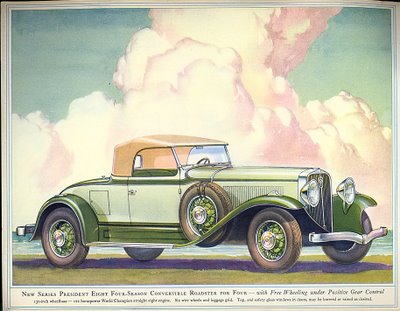
World Champion Studebaker President Eight Four-Season Convertible
Roadster for Four, with Free Wheeling Under Positive Gear Control, 1931.
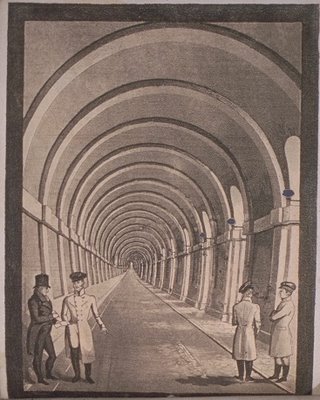
IN: 'Description des Travaux Entrepris pour la Construction de la
Tonnelle ou Passage sous la Tamise.' 1840-1841 (Thames tunnel)
The Galaxy of Images from the Smithsonian Institution Libraries presents thousands of images drawn from their book and print collections. There are
many more themes than those from which I've sampled in collecting the above motley bunch.
Thanks for the reminder Martin
[I note you've seen the world's largest book. Lucky you.]
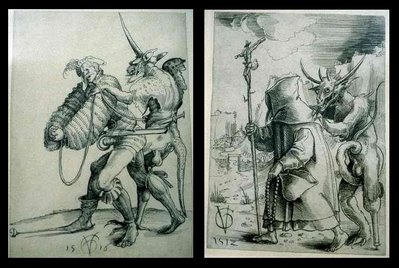

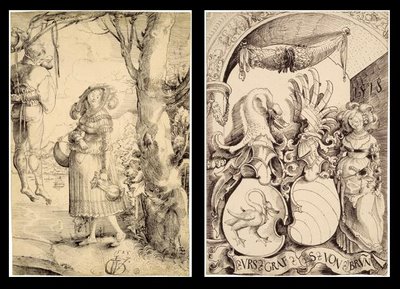
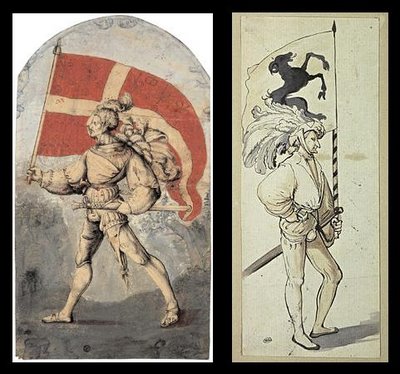

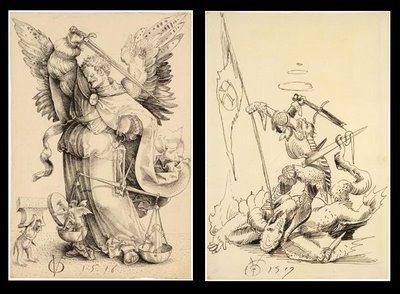
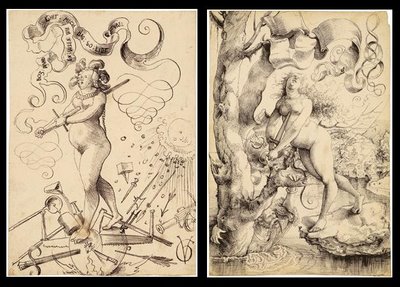
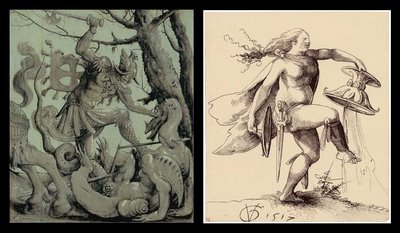
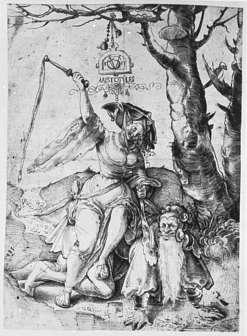

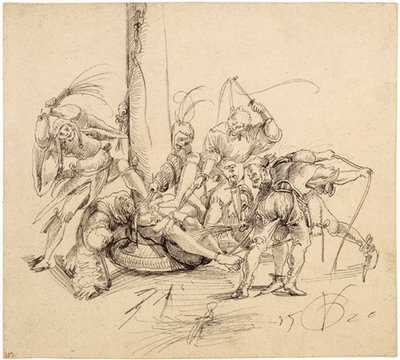
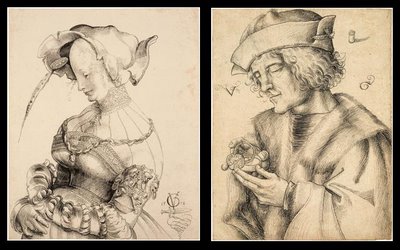

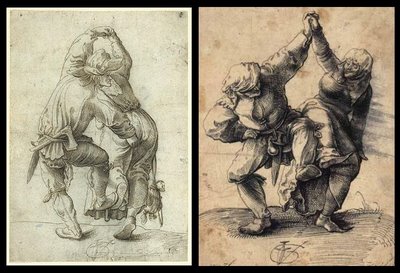


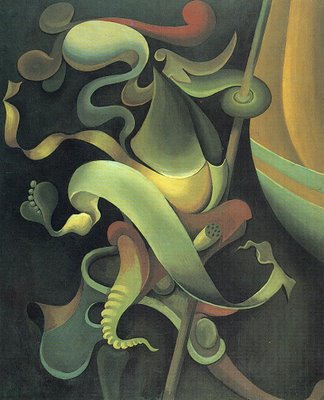
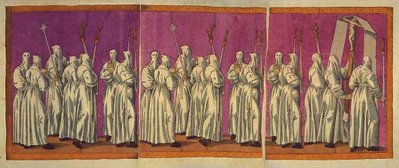
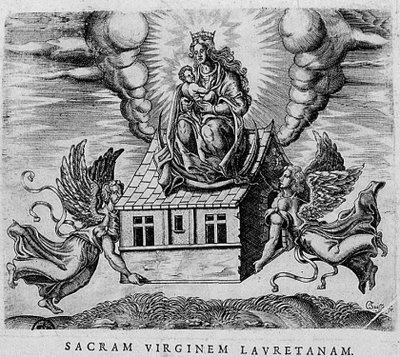
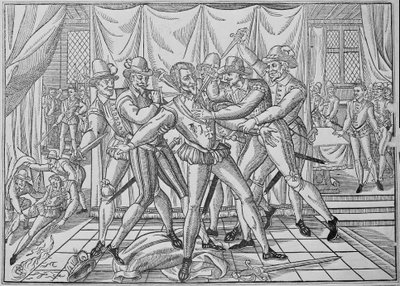
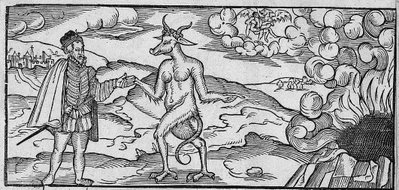
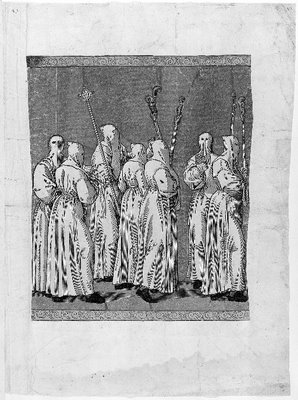
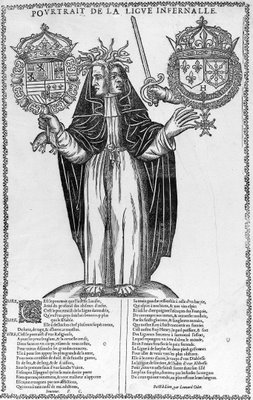
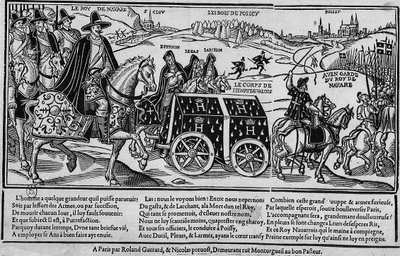

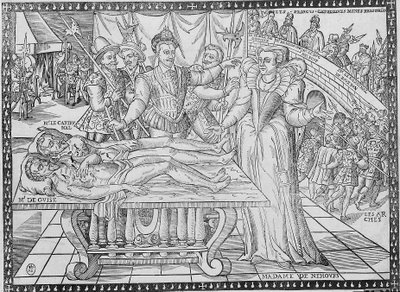
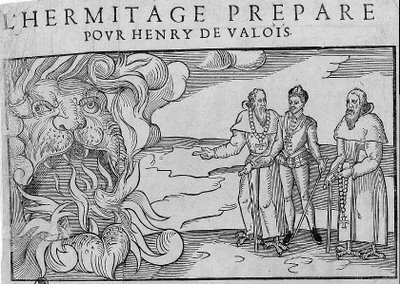

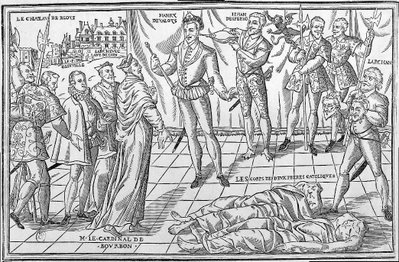
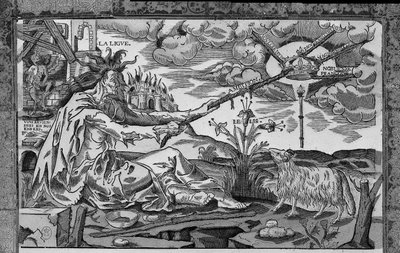
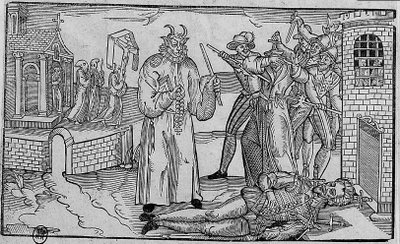
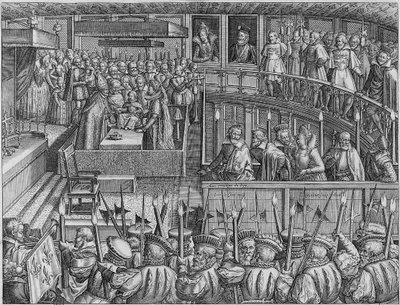
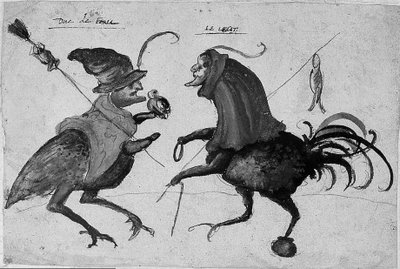
















![Vaisseau pour alkoholiser [alcooliser] l'esprit de vin dès la première distillation, Fourneau commun.](http://photos1.blogger.com/x/blogger/1717/1584/400/320624/Vaisseau%20pour%20alkoholiser%20%5Balcooliser%5D%20l%27esprit%20de%20vin%20d%3F%3Fs%20la%20premi%3F%3Fre%20distillation%20%3B%20Fourneau%20commun.%20%2C%20planche%20h.-t.%20contenant%20du%20texte%20gr.s.c..jpg)

